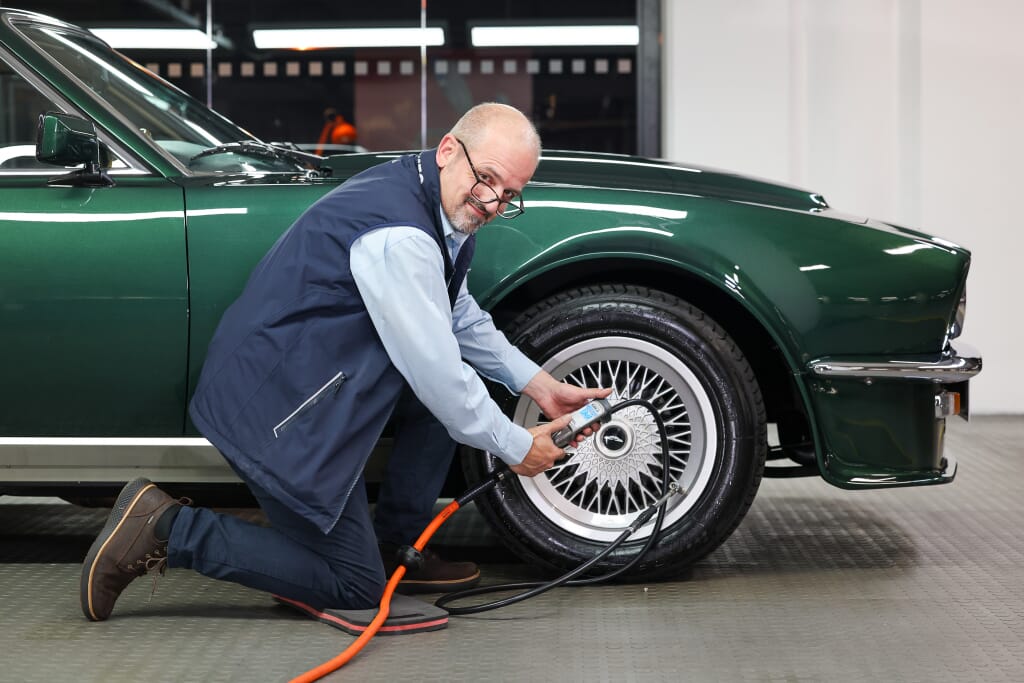
When winter bites, there are two courses of action for the car enthusiast. The first is to power down your vehicle for the season, either by planning your own long term car storage solution or by turning to the professionals at Windrush. But the second option is to embrace the sub-zero conditions and embark on one of the grandest adventures that off-grid motoring has to offer.
Perhaps you’ve always been intrigued by the idea of an ice drive, but didn’t know where to start. This winter, take the plunge and try one of these five frosty routes picked out by Windrush’s luxury car storage team.
Pello, Finland
The Finns claim to have invented ice driving, and whether that’s true or not, the Scandinavian nation certainly has some of the finest stretches. Head for Pello in Lapland, check your vehicle over at the village of Juoksenki, then follow the Arctic Circle ice road that connects the borders of Finland and Sweden. Spellbinding in its untouched beauty, the route enjoys the best driving conditions between December and April.
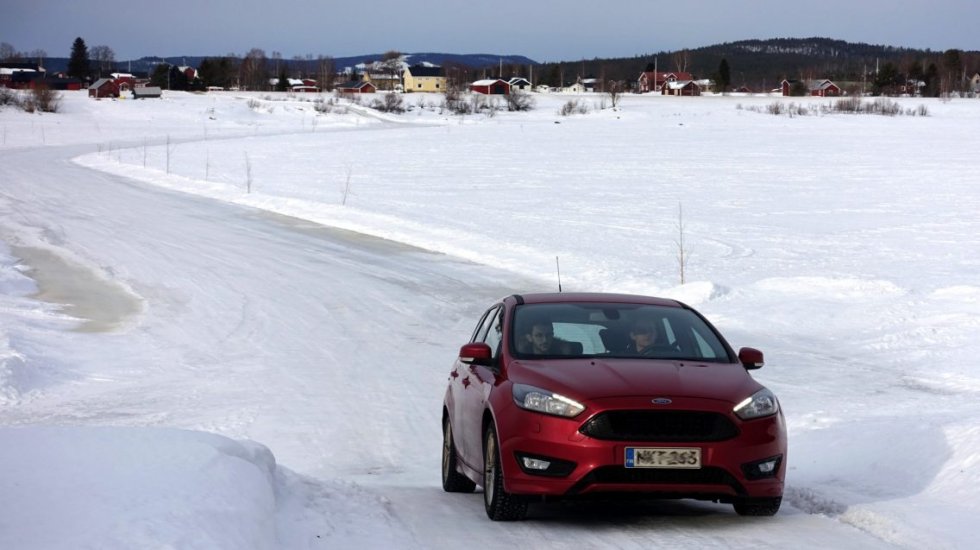
Arjeplog, Sweden
Cross the border to Swedish Lapland and you’ll find a bewitching wilderness whose centrepiece – Lake Uddjaur – is a connoisseur’s choice amongst ice drivers. There’s a number of professional rally schools operating in the area who’ll supply all the gear – right down to the thermal underwear – and equip you with the stud-tyred BMWs and Volvos in which experienced drivers can potentially top out at over 60mph.

Abondance, France
Mother Nature is responsible for some of Europe’s most incredible ice roads, but head to the Auvergne-Rhône-Alpes region in the French Alps and you’ll be awestruck by the continent’s biggest man-made circuit. Whether you bring your own car or rent the most popular Porsche Cayman and Alpine A110 models, Abondance’s hairpins and S-bends mean you’ll need your wits about you. If you’re staying at the ski resort of the same name, fit this once-in-a-lifetime experience into your holiday itinerary at all costs.
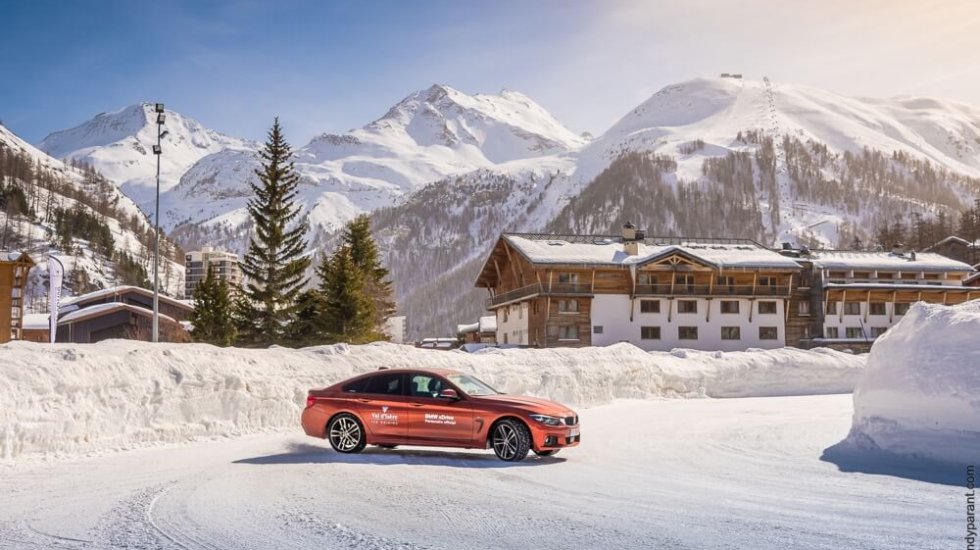
Lake Khövsgöl, Mongolia
Mongolian winters are perishingly cold – with temperatures routinely dropping to minus 58 degrees Fahrenheit – but you’ll find good cheer at Lake Khövsgöl in the northwest province of the same name. As the location of the annual Festival Of Ice, the ancient lake hosts myriad activities, from bone throwing to archery. But with ice as thick as 160cm, the most exciting pursuit is simply turning the key and heading for the horizon.
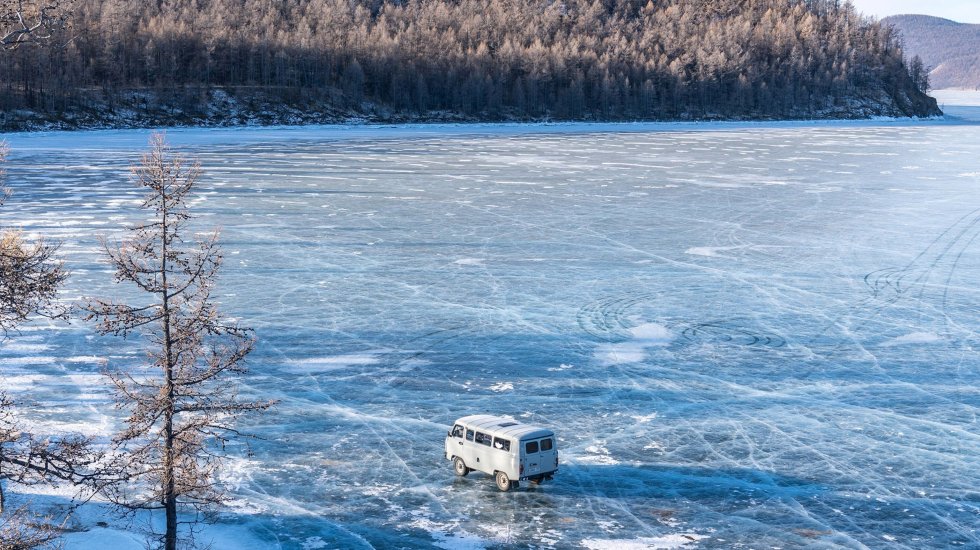
Lake Baikal, Siberia
Make no mistake, crossing this forty-mile natural skating rink in deepest Russia is not for first-timers – but if you’re a veteran ice driver seeking the ultimate challenge, Lake Baikal is the equivalent of Everest. Set in a bleakly beautiful landscape, the lake’s rough, bumpy, pitted surface – with the occasional foot-wide crevasse – means a local guide is essential, but if you make it across, you’ll have the kudos of all in the ice driving community.
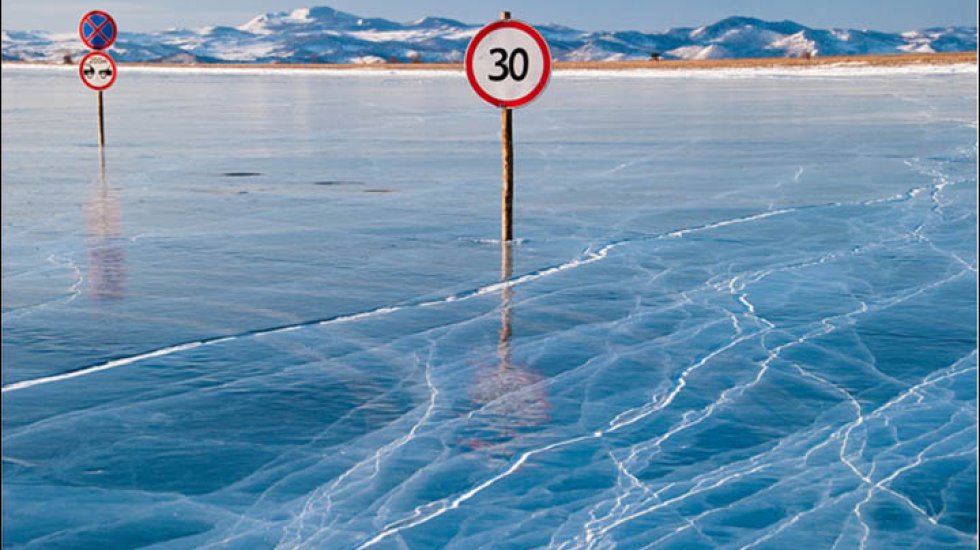
Warm up at Windrush classic car storage
Come in out of the cold at Windrush’s long-term car storage facilities in London and the Cotswolds. We know exactly what warms the cockles of a cherished vehicle, and we pledge unbeatable attention to detail for the duration of your stay. You’ll notice the Windrush difference in our renowned twelve-step induction process, and that’s just the start of a prestige car storage service that always goes the extra mile, with ongoing maintenance and checkovers right through to the moment we hand back the keys.
Rely on Windrush for luxury car storage with a warm welcome. We’re ready and waiting for your inquiry on info@windrushcarstorage.co.uk


